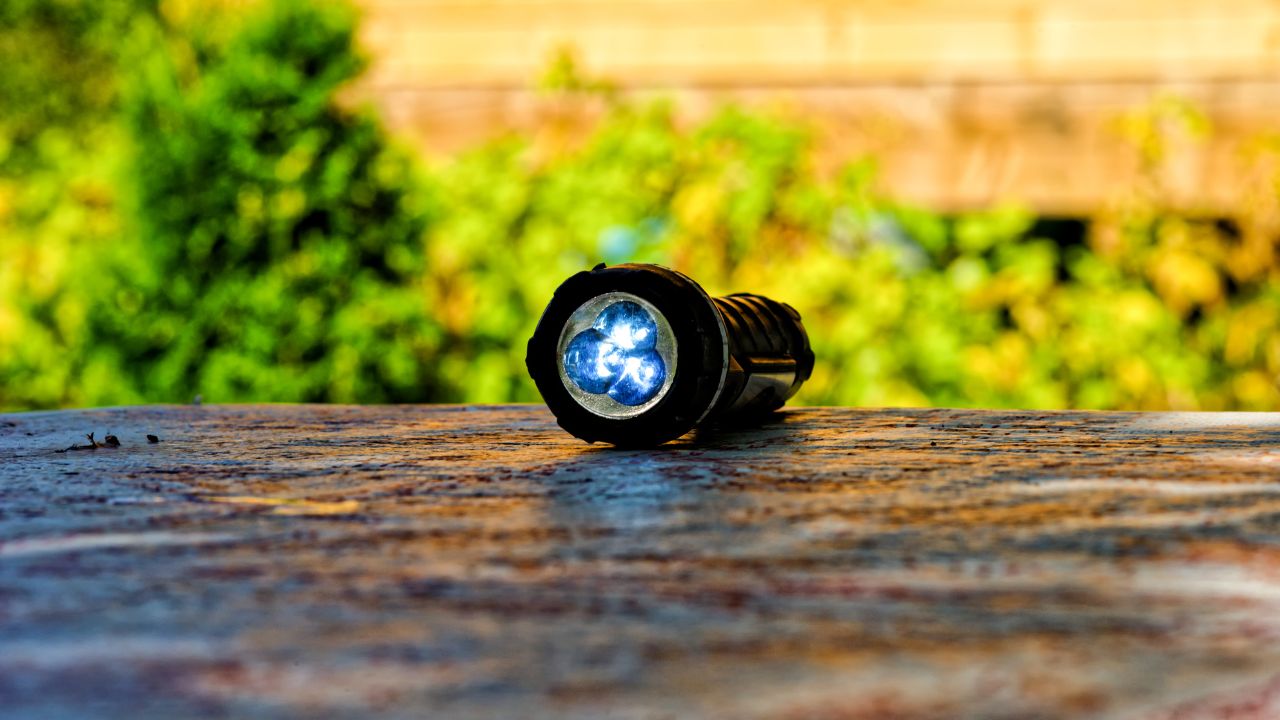Keeping a flashlight in good working condition for long periods requires careful and consistent upkeep. Whether you rely on your flashlight for daily activities, camping trips, or emergencies, following key maintenance practices will ensure it remains dependable and effective.
Below are essential tips to maintain your flashlight for long-term use. However, if you are in the market for a new, high-quality flashlight, be sure to visit Wuben Light. From their durability and exceptional brightness, Wuben Light flashlights are welcome for many uses, whether everyday or outdoor. Wuben Light flashlights are manufactured to the highest standards from top-quality materials and feature cutting-edge technology.
Some Essential Tips For Maintaining Your Flashlight
Regular Cleaning
Dirt and dust can accumulate on your flashlight after a while, causing it to break down. Regularly clean it out to help reduce its efficiency. Wipe the exterior with a soft cloth. For more stubborn dirt, slightly dampen the cloth with water. (DO NOT use excessive force or other powerful solvents that could harm the surface, like harsh chemicals.) Additionally, maintaining a clean lens is important for the best light output; lightly wipe it with a lense-safe fabric to make sure there is maximum transmission of some lights.
Battery Maintenance
The choice and condition of your batteries will make a difference in both the performance and how long that flashlight lasts. Do use only quality recommended batteries. If you have a rechargeable flashlight, follow the charging guide to avoid overcharging or undercharging, which can make longer your battery life. Monitor disposable batteries for signs of corrosion or leakage and replace them as needed. If storing it in one piece for extended periods, then remove the batteries to avoid leakage.
Adequate Lubrication
Threaded parts, e.g., tail caps and battery compartments are parts of the flashlights; such areas need to be properly maintained by regularly applying special grease. As suggested by the flashlight manufacturer, add just a bit of silicone-based lubricant to the threads. Do not use petroleum-based lubricants, as they can cause damage to rubber O-rings. Routine lubing helps keep the flashlight seal serviceable, which is a major part of why it has water-tight and shock-proof qualities.
Inspect O-rings and Seals
They are crucial for keeping a flashlight waterproof and dustproof. These parts can wear, or become damaged over time and reduce the durability of your flashlight. Check the O-rings and seals frequently for wear, e.g. cracks or deformed shapes. Do so and replace any items with the manufacturer recommended parts if necessary. They protect moisture and debris from bagging into the internals of flashlight making it stronger over time.
Proper Storage
The way you store your flashlight is going to spell out whether or not it will work the next time. Keep it in a cool and dry place out of direct sunlight and extreme temperatures that might damage batteries or other parts. There is a carrying case, and if you do use it, then the flashlight will not go wrong, and scratches on the body will be minimal. In addition, ensure that the flashlight is placed in a location where you can quickly retrieve it for emergencies.
Functionality Checks
Regularly testing your flashlight ensures it is always ready for use. Perform basic checks such as turning it on and off, switching between light modes, and adjusting the beam focus if applicable. Test it in various environments—like complete darkness or low-light conditions—to ensure it meets your illumination needs. Identifying issues early allows you to address them promptly, preventing potential failures when you need the flashlight most.
Handle with Care
Although flashlights are typically constructed with some amount of durability to withstand certain damages or mishandling, it is always possible to take good care of it. Do not drop the flashlight or impact it severely as this has an adverse effect on the outer cover as well as the inner parts. Secure the flashlight properly when attaching it to a belt or backpack to prevent it from falling. Handling the flashlight with care ensures it remains in good working condition for longer.
Conclusion
The flashlight is an essential item, which means its maintenance is necessary for longevity and is indispensable in many situations. Some of the tips that will go a long way in increasing the lifespan of your flashlight, besides increasing its performance, include; cleaning it regularly, maintaining the batteries well, lubricating it, replacing the O-rings and seals when necessary, storing the flashlight right, conduct frequent tests to enable you to identify any screwed up functionality, and last but not the least handling the flashlight with a lot of warrant. Maintenance guidelines mentioned above will ensure that your flashlight continues to provide you with adequately and continually during your times of need for many years.


